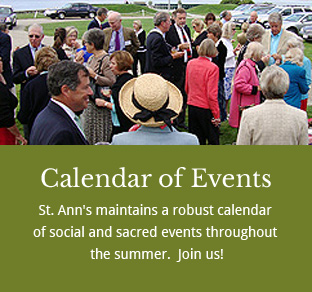Author Archives: Steve Godwin
Violone
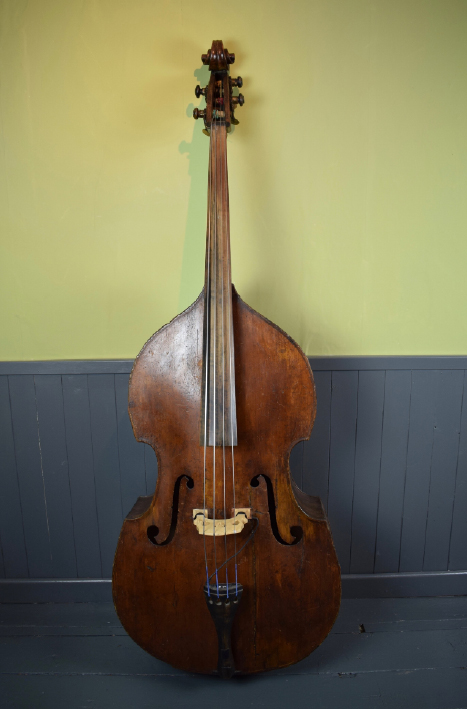
The Violone, a forerunner of the modern double bass, is the largest and lowest-pitched bowed, (or plucked) instrument in the string section. The violone is a standard member of the orchestra’s string section, as well as the concert band, and is featured in concertos, solo, and chamber music in Western classical music.
The violone is played with a bow (arco), or by plucking the strings (pizzicato), or via a variety of extended techniques.
The Baroque Cello

The Baroque cello or violoncello is a bowed (and occasionally plucked) string instrument of the violin family. The cello often plays the bass part, both in chamber music such as string quartets and the orchestra’s string section, where the cello may be reinforced an octave lower by the double basses. Figured bass music of the Baroque-era typically assumes a cello, viola da gamba or bassoon as part of the basso continuo group alongside chordal instruments such as organ,
Classical Oboe

The oboe is a type of double reed woodwind instrument. Today, the oboe is commonly used as orchestral or solo instrument in symphony orchestras, concert bands, chamber ensembles and classical music. The oboe is widely recognized as the instrument that tunes the orchestra with its distinctive ‘A’.
The standard Baroque oboe is generally made of boxwood and has three keys: a “great” key and two side keys (the side key is often doubled to facilitate use of either the right or left hand on the bottom holes).
Baroque Flute
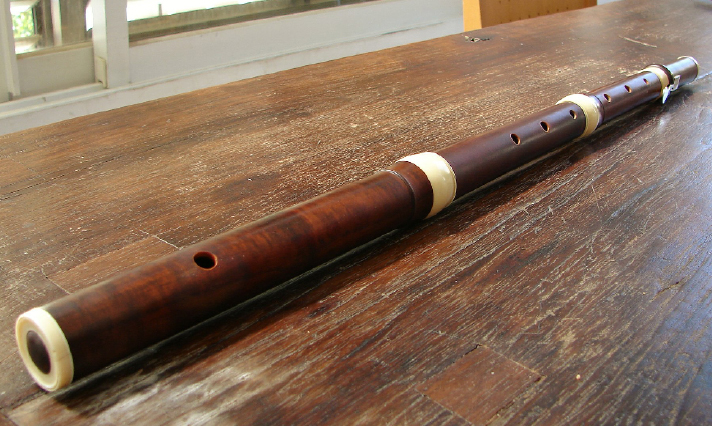
The baroque era traverse flute – made of wood and lacking keys – is often referred to by an Italian name, “traverso,” to distinguish it from modern concert flutes. This is a traverse-blown flute, with the mouthpiece on the side. The traverso became increasingly prominent in orchestral music throughout the 16th and 17th centuries.
The baroque flute head joint starts straight and gradually tapers towards the end of the instrument. Unlike modern metal flutes,
Viola

The viola is a string instrument that is bowed or played with varying techniques. It is slightly larger than a violin and has a lower and deeper sound. Since the 18th century, it has been the middle or alto voice of the violin family, between the violin (which is tuned a perfect fifth above) and the cello (which is tuned an octave below). The strings from low to high are typically tuned to C3,
Baroque Violin
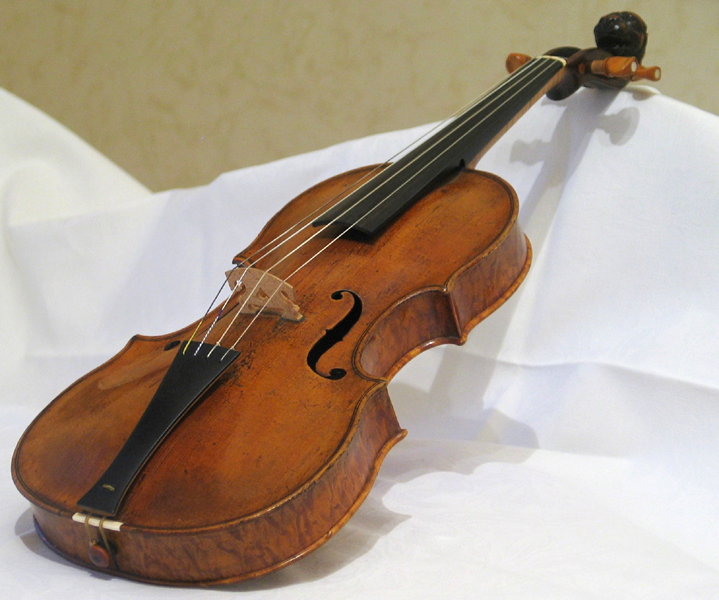
A Baroque violin is a violin set up in the manner of the baroque period of music. The term includes original instruments which have survived unmodified since the Baroque period, as well as later instruments adjusted to the baroque setup, and modern replicas. The differences between a Baroque violin and a modern instrument include the size and nature of the neck, fingerboard, bridge, bass bar, and tailpiece. Baroque violins are almost always fitted with gut strings,
Fortepiano
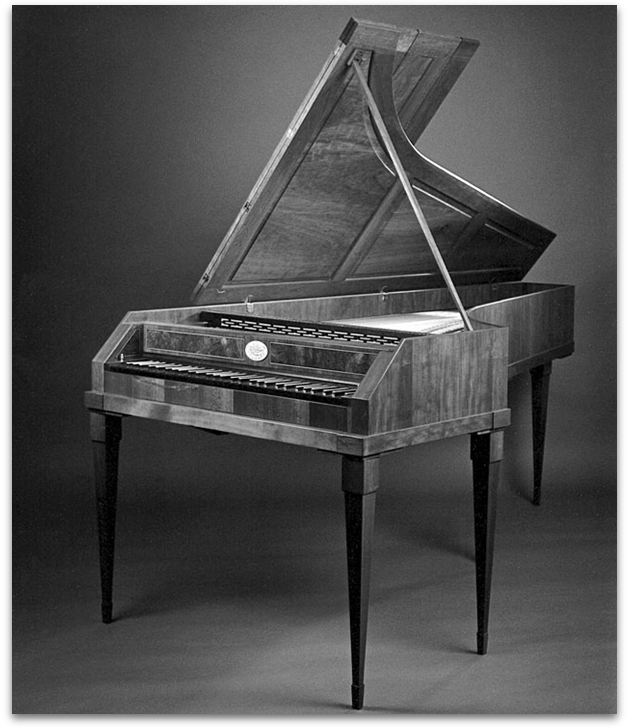
A fortepiano is an early piano. In principle, the word “fortepiano” can designate any piano dating from the invention of the instrument by Bartolomeo Cristofori around 1700 up to the early 19th century. Most typically, however, it is used to refer to the late-18th to early-19th century instruments for which Haydn, Mozart, and the younger Beethoven wrote their piano music. Starting in Beethoven’s time, the fortepiano began a period of steady evolution, culminating in the late 19th century with the modern grand.
Renée Hemsing
Viola and Violin
Renée Hemsing specializes in chamber music and early music performance on both violin and viola. She earned her doctorate at the University of Colorado where her string quartet (Ajax Quartet) was graduate Quartet-in-Residence with the Takacs Quartet.
Renée earned her masters at the University of North Texas with Emanuel Borok where she also studied baroque violin with Cynthia Roberts, and her bachelors from the University of New Mexico under renowned Brazilian soloist Cármelo de los Santos.
Andrea LeBlanc
Flute
Flutist Andrea LeBlanc is devoted to furthering the artistry and expression of the flute by performing on instruments from the baroque, classical, and romantic eras. She has been praised by Early Music America for her “sensitive and beautiful playing, with crystalline tone and execution [that] made you wonder why it was necessary to invent the Boehm system for flute”.
Andrea has performed and recorded with numerous ensembles in the Northeast,
Amy Rawstron Watson
Violin
Amy Rawstron Watson performs throughout the United States on modern and historical violins in both chamber music and orchestral repertoire. She holds principal positions with the Rhode Island Philharmonic Orchestra, the Pennsylvania Endless Mountain Music Festival and Venice Symphony as well as regular appearances with the South Florida Symphony, Connecticut Early Music Festival and Handel and Haydn Society.
Amy’s many collaborations include Chicago’s Baroque Band,

